Dew might be the greatest bane of amateur astronomers: when this watery film forms on your telescope, frustration and observing troubles quickly follow.
Its effects may be minor, dampening star charts or partially obscuring the view through your finderscope.
More practical astronomy guides:
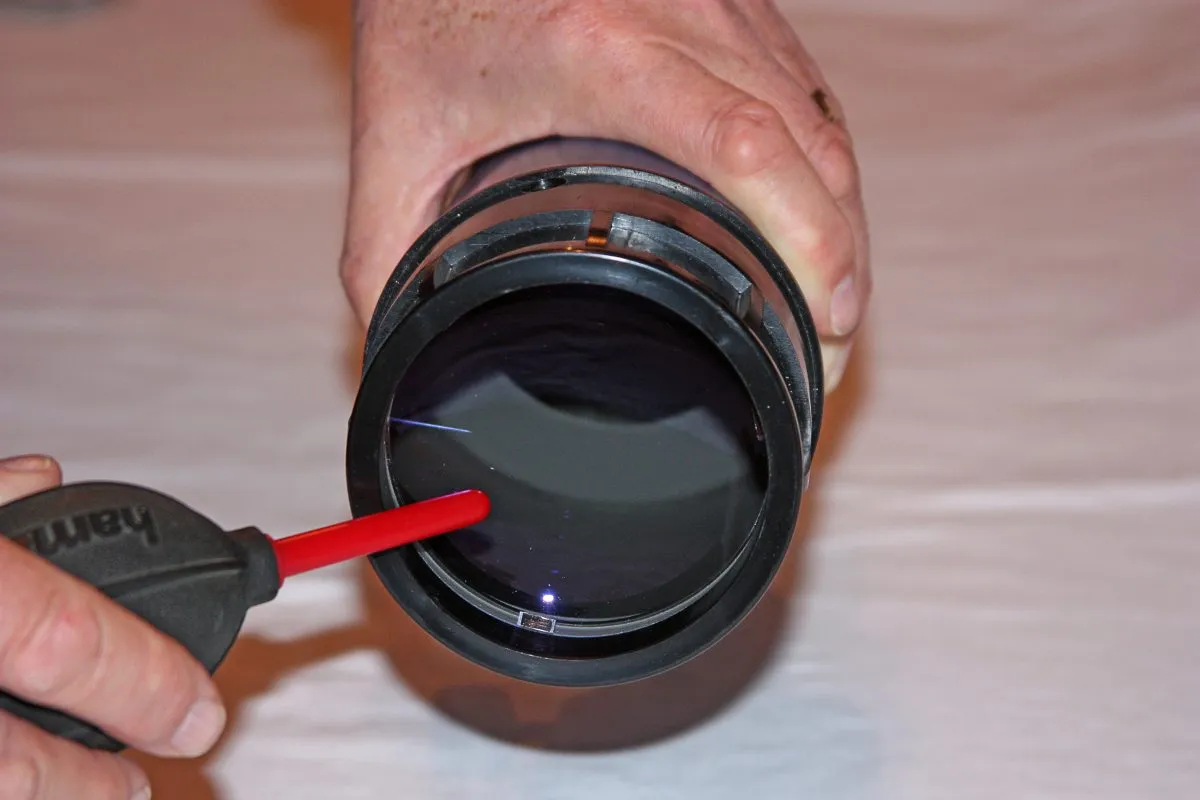
Or they can be more severe. Even a slight misting of your telescope’s optics can dim the view and rob your images of vital contrast.
The water can even make its way into expensive multi-lens optics. It can also cause parts of your mount to rust and seize.

Don’t despair though: with a bit of insider knowledge and some simple actions you can take control of this night-time menace.
To help understand how dew forms, we first need to learn about something called the dew point.
Although we can’t see it, the air around us contains lots of water in the form of vapour.
The maximum amount of water vapour that the air can hold depends on its temperature:
- The lower the temperature, the less water vapour air can contain.
The dew point is the temperature at which the air can hold no more water vapour and is totally saturated.
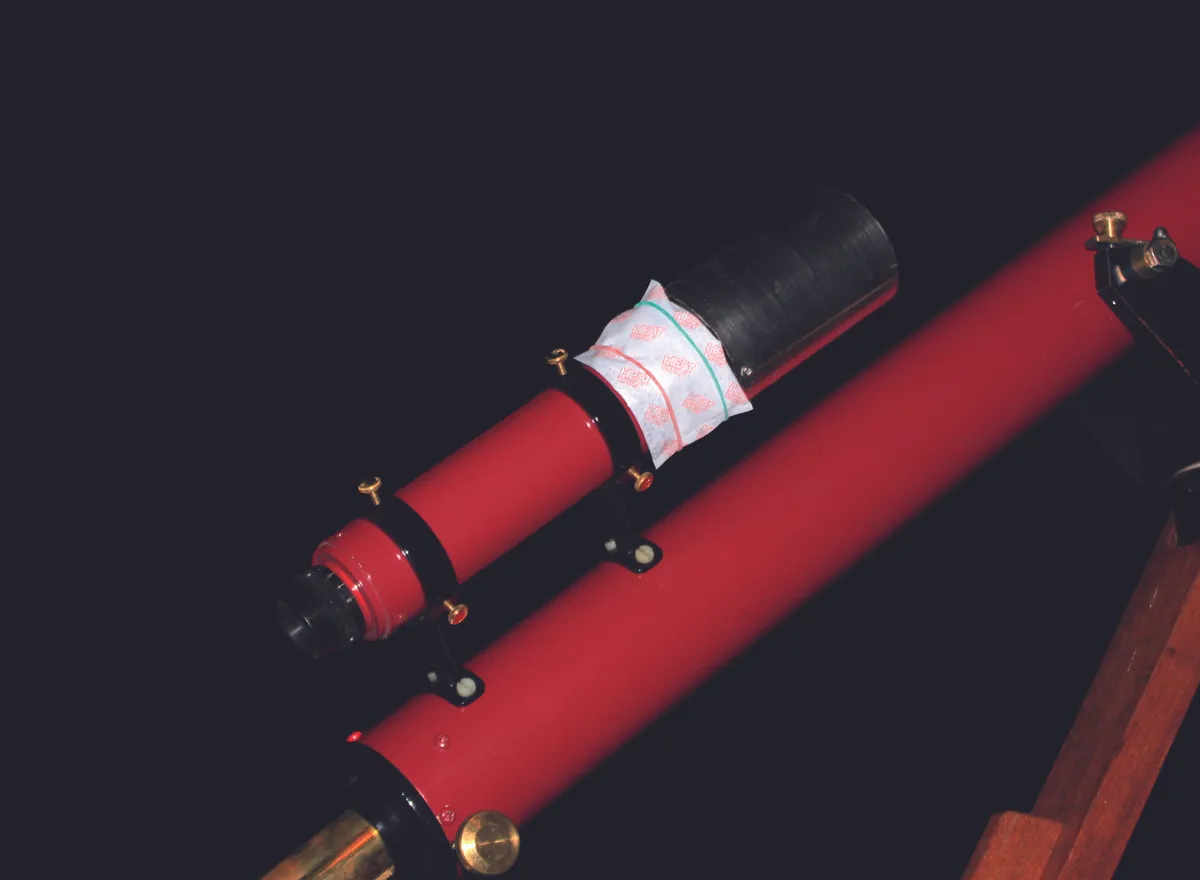
Cooling the air to below the dew point will force water to be lost from the air, and it comes out as droplets of liquid water.
However, it is still possible for dew to form on your equipment when the ambient air temperature is above the dew point.The reason for this is something called the ‘chilling effect’.
Parts of your equipment can be quite a bit colder than the air: if they are colder than the current dew point, they will cause water to be lost from the surrounding air and deposited as droplets of dew.
The chilling effect helps to explain why astro equipment dews up on some occasions but not on others. It also helps us to understand how we can combat dew.
The chilling comes from the fact that a clear night sky gives off very little thermal (heat) radiation and its radiative temperature can be many tens of degrees colder than the local air temperature.
Surfaces facing this cold night sky that are radiating their heat away get little back from the sky in return, and as a result can cool down by several degrees relative to the ambient air temperature.
It is only the warmth conducted back into them from the surroundings that stops them cooling further.
There are quite a few myths about dewing – the first step to tackling the problems is to dispel some of these misconceptions.

Myths about dewing and why they're incorrect
Dew shields work by trapping a pocket of warm air
Dew shields are tubular extensions that attach to the end of your telescope or finder. They are very effective in reducing the likelihood of dewing, but they don’t work by trapping warm air.
Instead they dramatically reduce the amount of cold sky that the lens or corrector plate at the front of your telescope is exposed to. Hence, they reduce the amount that they are chilled.
Dew falls down from above
Dew does not rain down gently during the night. It is generally found on the top of things because this is the face that is exposed to the cold night sky and so is most likely to fall below the dew point.
There is less dew on a breezy night because it is blown dry
While the cold night sky is sucking heat away from exposed surfaces, the surrounding warmer air washes over them and conducts heat back – this stops them being chilled too much.
A breezy night makes this process more effective and so surfaces are less chilled, often keeping them above the dew point. The breeze does not, however, blow them dry.
You need to make lenses warm to keep the dew off them
To keep something dew free you just need to keep it above the dew point – it doesn’t follow that it has to be warm to the touch. So long as your equipment remains even a few degrees above ambient temperature, it will remain dew free.
All materials dew up the same
The amount of dewing on a surface depends on many things, including the amount of heat in the object to start with and how good a heat conductor it is. It also depends on how rapidly the surface radiates heat into the cold night sky. Painted and glass surfaces radiate well, so they are prone to dewing.
On the other hand, reflective metallic surfaces, especially bare aluminium, are very poor radiators and so do not cool down as much. This characteristic makes shiny aluminium particularly good for combating dew.
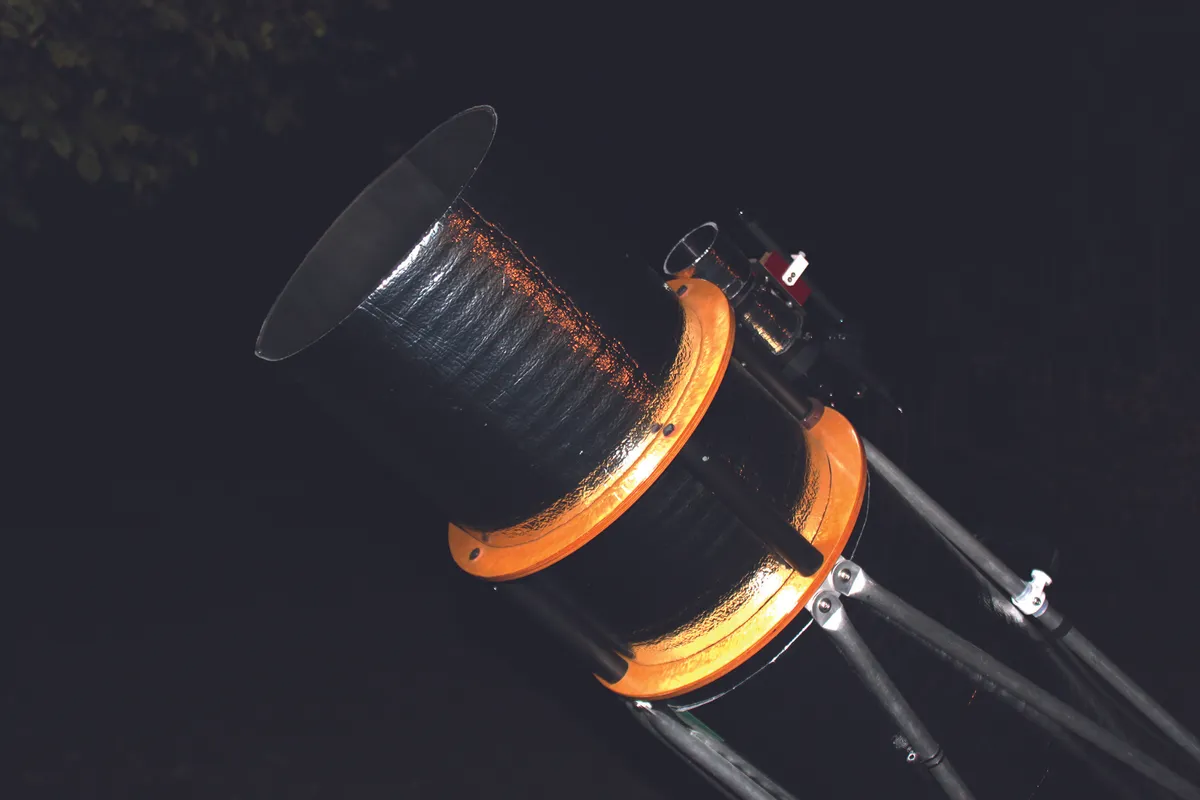
An end to the problem
Tackling dew usually involves taking several actions guided by the understanding of why dew forms.
You can make dew shields for the front of a refractor or Schmidt-Cassegrain to protect the objective lens or corrector plate.
Alternatively you can wrap finderscopes, dew shields and even the body of your telescope in shiny, low-emissivity aluminium. Central heating radiator foil or an aluminised Mylar space blanket is great for this job.
You can also wrap the band of a dew heater around the end of your finder, around the end of your telescope, or around your telescope a short distance back from the objective lens or corrector plate.
When connected to a powered dew controller, the gentle heat will percolate inwards and keep the optics dew free.
This method also works with eyepieces and camera lenses exposed to the cold sky, which would dew quickly otherwise.
For Newtonian telescopes, an extension at the front of the scope tube will act like a dew shield and stop your secondary mirror dewing, especially if the back of the secondary holder is bare, low-emissivity aluminium.
Away from home, it’s a good idea to work from the back of your car with the boot up. This will stop your charts from seeing too much of the cold night sky; alternatively, pop them in a plastic folder.
Store eyepieces in your pocket to keep them slightly warm. You could also strap chemical hand warmers to the end of your finderscope as a quick anti-dewing solution.
On particularly bad nights, you may find that your equipment still dews up in spite your best efforts.
Wiping dewed optical surfaces is futile: you need to raise their temperature above the dew point. One way to do this is by gently heating your kit directly using a small 12V hairdryer.
Unfortunately, you will probably find that on these bad nights this job has to be done every 20 minutes or so.
The hairdryer should only be used on its lowest heat setting and the air blown horizontally across the corrector plate rather than directly onto it.
Guided by having an improved understanding of why dew forms and by taking some of the actions outlined, you should hopefully be less troubled by dew, allowing you to better enjoy your precious time observing under the stars.
Step-by-step: make your own dew shield
A dew shield is a tube extension that works by reducing the amount of heat-sapping cold sky that your telescope’s front element ‘sees’. The shield’s length needs to be at least 1.5 times the diameter of the tube, but the longer the better provided it doesn’t get too unwieldy.
Step 1
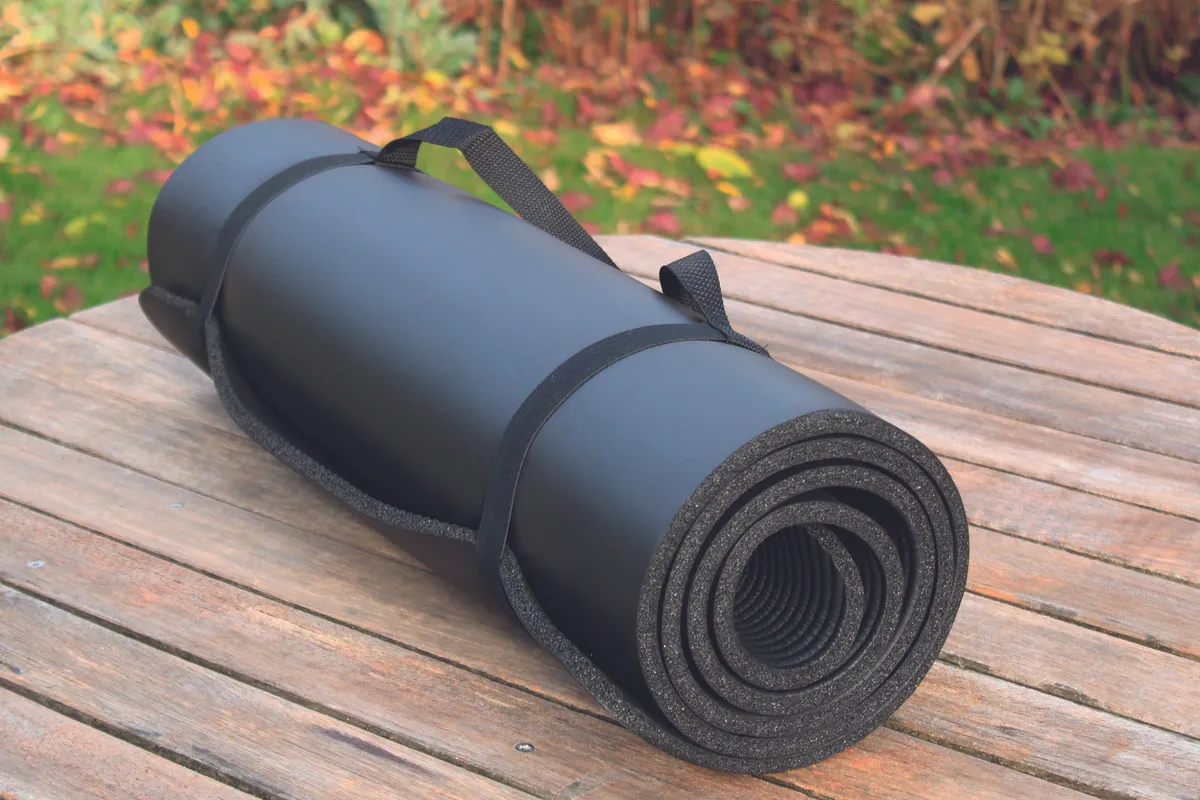
A simple but effective dew shield for your scope can be made from a dark EVA foam camping mat. This material is flexible, lightweight, thermally insulating, and easy to cut and stick together.
Step 2
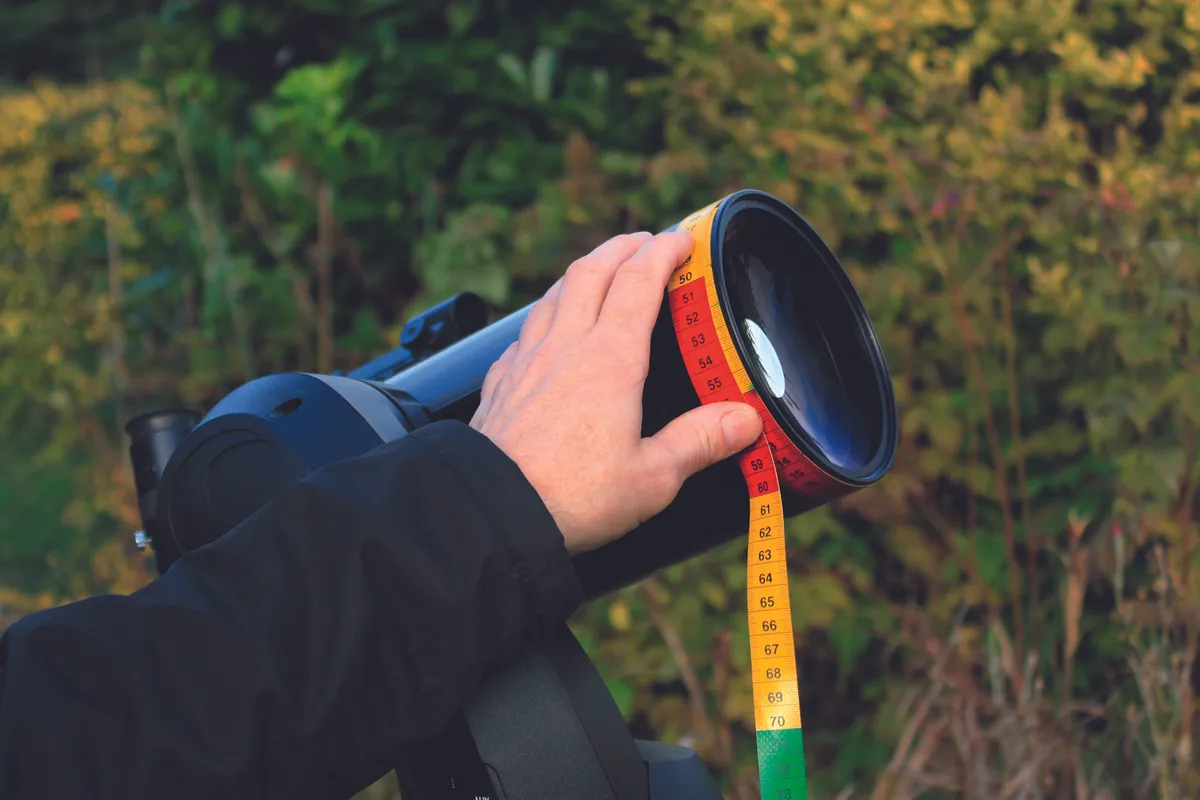
To work out the width of the foam piece, measure your telescope’s circumference then add about 50mm. Add 50-100mm to the length so there’s enough to grip the telescope tube.
Step 3
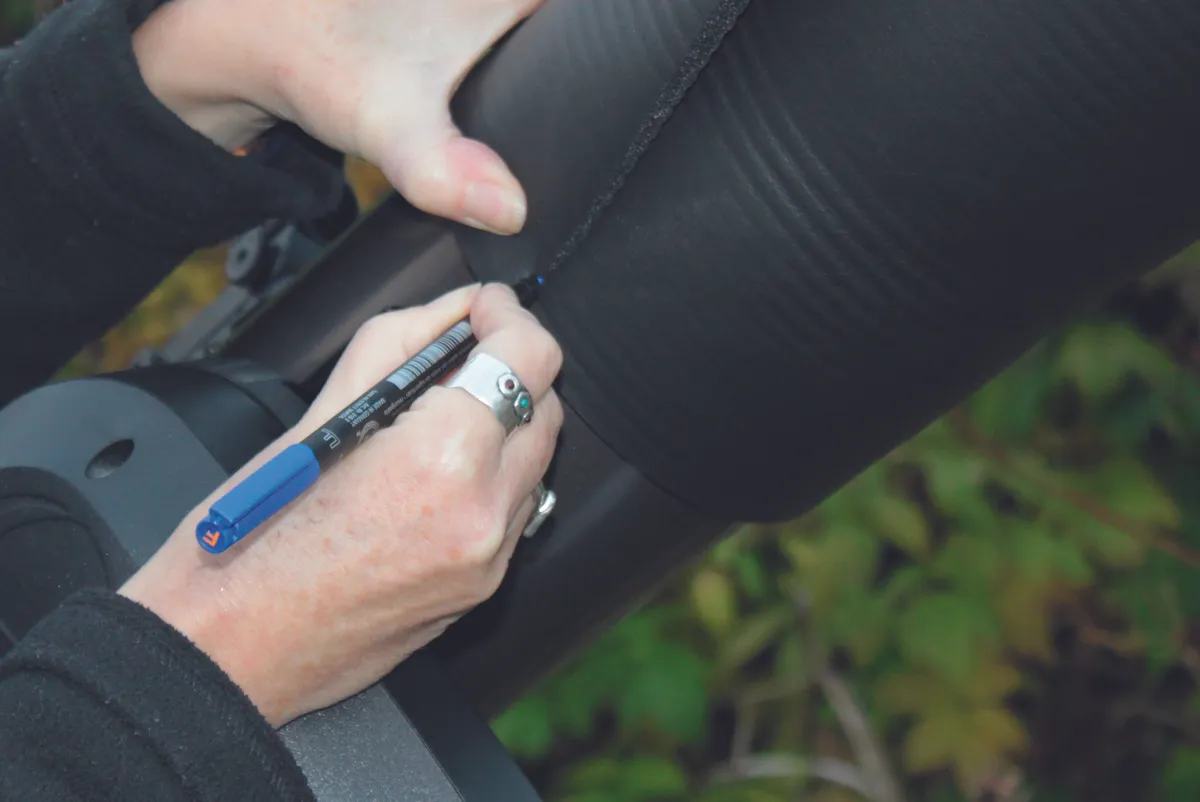
Carefully cut the foam to the measured size with a craft knife. Wrap the foam around the end of the tube so that you have a snug fit, then mark the end position on the foam with a pen.
Step 4
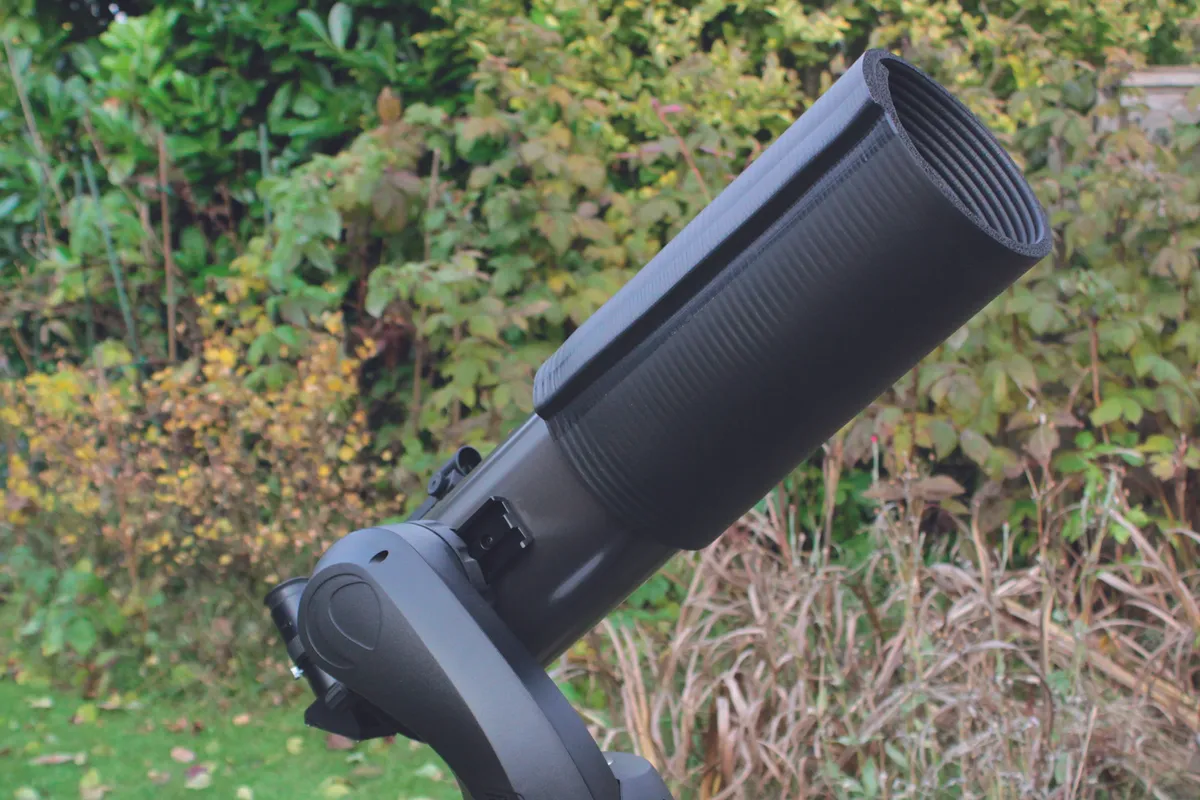
Use a length of double-sided tape to carefully join the foam at the marked position. Use carpet tape to reinforce the joint on the outside – you don’t want the dew shield to unfurl mid session.
This article originally appeared in the February 2014 issue of BBC Sky at Night Magazine.
